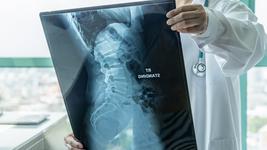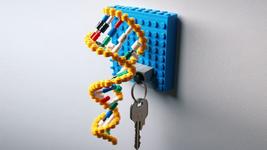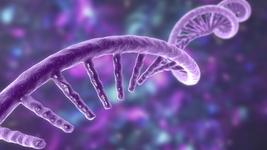Supercoiled CRISPR Assay Simplifies Gene Detection
Researchers from North Carolina State University have developed a ratiometric CRISPR (rCRISPR) assay leveraging the trans-nicking activity of Cas12a. Traditional CRISPR-based diagnostics often rely on fluorescent labels and sophisticated instruments, which can be expensive and impractical for field use. To address these limitations, the rCRISPR assay uses the conformational changes of plasmid DNA as a readout, eliminating the need for such labels and equipment.
The assay operates on a simple yet effective principle. When Cas12a is activated by a target DNA sequence, it nicks the supercoiled plasmid DNA, converting it into a relaxed circular form. This change is easily detectable by gel electrophoresis. The relative intensities of the supercoiled and relaxed plasmid DNA bands provide a ratiometric readout, indicating the presence and concentration of the target DNA. This method ensures high sensitivity and specificity, allowing the detection of analytes at femtomolar concentrations.
The rCRISPR assay was tested with various plasmid reporters, such as pUC19, pBR322, and ΦX174. Among these, ΦX174 exhibited the best performance, achieving a detection limit of approximately 100 femtomolar for synthetic single-stranded DNA targets. The method was also validated with real-world samples, including human papillomavirus (HPV) 16 biomarkers and adeno-associated virus (AAV) samples, demonstrating its practical applicability for point-of-care diagnostics.
This innovative approach offers several advantages over existing CRISPR-based detection methods. It is faster, with supercoil relaxation occurring in less than 10 minutes, and it provides a self-calibrated signal, reducing the risk of errors due to gel distortion or pipetting inconsistencies. Furthermore, it simplifies the detection process by eliminating the need for fluorescent labels and advanced readout instruments, making it more accessible and cost-effective.
The study was conducted by Noor Mohammad, Qingshan Wei and coworkers at North Carolina State University. Their findings were published Saturday in Communications Chemistry.
To get more of the CRISPR Medicine News delivered to your inbox, sign up to the free weekly CMN Newsletter here.
Tags
CLINICAL TRIALS
Sponsors:
Wave Life Sciences Ltd.







